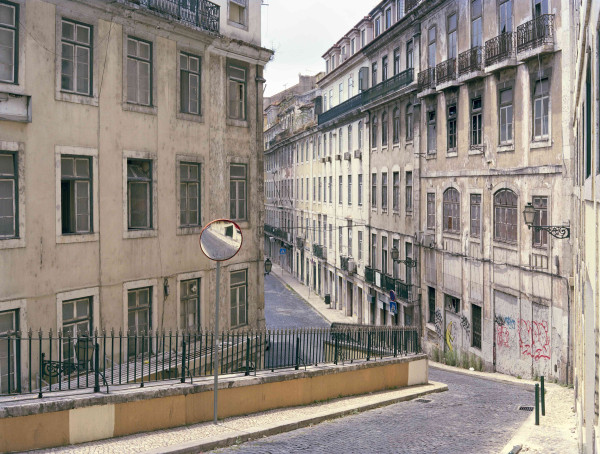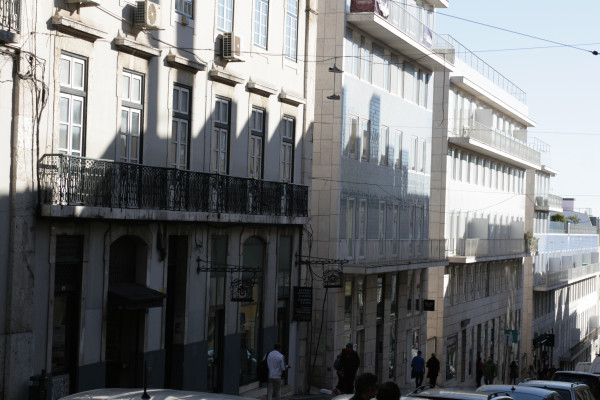Chiado and Style
The importance of the notion of Style in the construction of Siza’s Chiado
2018
A · Writtings

The work is therefore centred upon the process of creation, beginning with an operative reflection that Goethe made about the creation of a work of art, and which, when transposed to the field of architecture, enables us to think about and interpret Siza's intervention in the context of Pombal's Lisbon.
As can be seen from the work of José‑Augusto França, the importance of the notion of style does not represent a new approach to understanding the Marquis of Pombal's project for Lisbon's central Baixa district after the earthquake. What this thesis does, however, propose is that we should expand the simple notion of style to encompass a much vaster idea, such as the one proposed by Goethe in "Simple imitation of nature, manner and style", putting it to the test in relation to Siza's Chiado.
The so‑called "Pombaline style", framed within the history of styles and Style, in Goethe's (and other similar authors') acceptance of this term, apparently amount to two distinct paths that, in the Pombaline project, and in the interpretation that Siza makes of it, appear to converge with one another. The research that is proposed here seeks to respond to this problematics by invoking the lesson of Siza's Chiado, an exemplary work (in the sense of a benchmark), in which the author seems to develop this same research through the implementation of a design project, or, in other words, through the practice of architecture and its problems.
